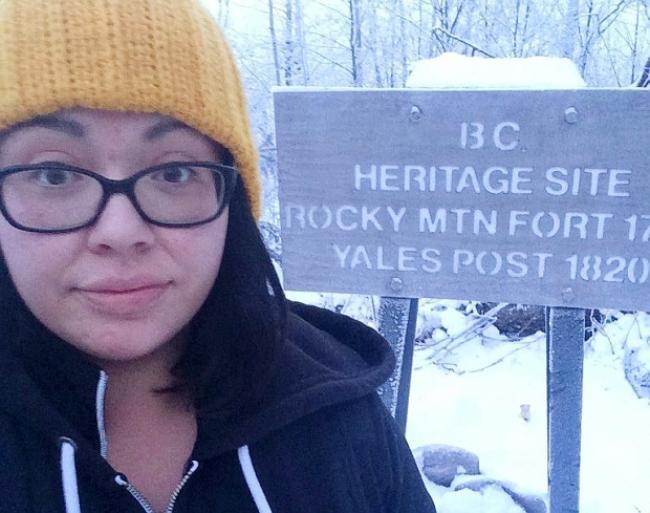Articles Menu

The contrast could not be starker.
On the one hand Premier Christy Clark lauds the efforts of the “stewards of this magnificent land” who came together to protect the Great Bear Rainforest in a historic accord reached in early February between Coastal First Nations, the provincial government, the forest industry and environmental interests.
On the other she declares, over the objections of local First Nations, to rapidly advance construction at the site of a third massive hydroelectric dam on the Peace River so that the project is pushed “past the point of no return.”
When it suits Premier Clark’s needs she sings the praises of First Nations. When First Nations make reasonable requests to delay projects that will permanently destroy their lands, she bulldozes ahead as if our treaty and constitutional rights don’t exist.
This is not enlightened leadership. It is one of many reasons why I, along with other First Nation members and local farmers, have since the beginning of the year peacefully occupied a camp in an old-growth forest that is slated to be logged and turned into a waste dump for acid-generating rock in preparation for construction of the Site C dam. On Monday, we learned that our occupation may soon be brought to an end, after BC Supreme Court ruled in BC Hydro’s favour, granting the Crown corporation an injunction and enforcement order.
Despite ongoing, unresolved legal appeals by the Prophet River and West Moberly First Nations, BC Hydro contractors at the provincial government’s urging are working around the clock to clear lands, build roads, sink pilings into the river and construct temporary bridges in advance of building what would be the single-most expensive megaproject in B.C.’s history.
It’s a project whose power even BC Hydro admits isn’t needed and won’t be for years. And because it isn’t needed, respected U.S. energy economist Robert McCullough says we would actually save money by delaying construction. A one-year delay would save $267 million US; a five-year delay nearly $1.2 billion. That’s because rushing the project “past the point of no return” means BC Hydro would be forced to sell excess power at a loss on export markets.
Site C’s poor economics are a concern to us all. But for me, great-great- granddaughter of Chief Bigfoot, the last to sign Treaty 8 in 1911, the immediate concern is the flooding and permanent loss of 107 kilometres of river valley-bottom lands.
These are the lands where my ancestors are buried. These are the lands and waters that we have hunted and fished in for millennia. These are the lands that give rise to our founding stories, our culture. And they stand to be wiped out for an unnecessary reservoir. A reservoir, that like the two reservoirs created by the W.A.C. Bennett and Peace Canyon dams upstream of the proposed Site C dam, will subsequently fill with water that is so contaminated with methyl mercury that it renders fish unfit for human consumption.
Grand Chief Stewart Phillip of the Union of BC Indian Chiefs rightly says that if Site C is built it will not only cut a line across a river, but open a deep divide between the Canadian and British Columbian governments on the one hand and Indigenous peoples on the other. He and other First Nations leaders meeting with Justin Trudeau on March 2 in Vancouver want him to see the Site C project as the litmus test that it is: a test of his government’s promised commitment to work more respectfully with First Nations.
The federal government has it in its powers to stop the project by withholding necessary permits to continue with dam construction. It can and should do that, and then take a hard look at whether the previous federal government’s decision to approve the project was justified in light of the clear impacts that it will have on our treaty-protected and constitutionally protected rights.
Last month, when Premier Clark journeyed to Ottawa, she chose the occasion of a photo-op with Prime Minister Trudeau to where a brightly coloured shawl with a sharply defined First Nations motif on it. Had he chosen to remove his shirt, Prime Minister Trudeau could have displayed a large tattoo on his bicep featuring a Haida artist’s Thunderbird design.
Dealing honourably with First Nations must be more than fashion statements. For Treaty 8 people and local landowners who call the Peace River Valley their home, the time has come for our elected leaders to do the right thing and properly consider the impacts that major projects will have on First Nation lands. And to do so before our lands are lost forever.
Helen Knott is great-great-granddaughter of Chief Bigfoot, the last to sign Treaty 8 in 1911.